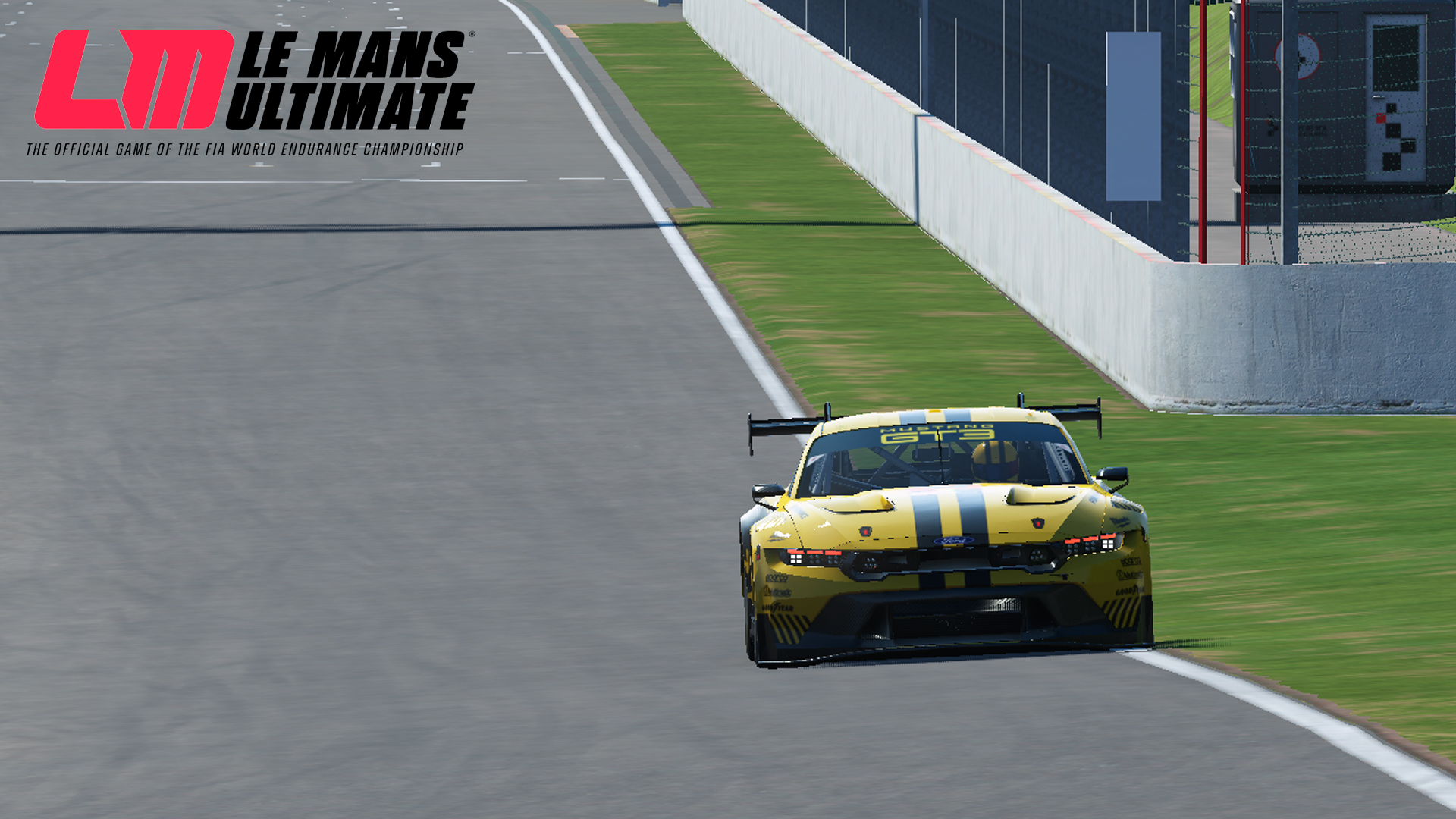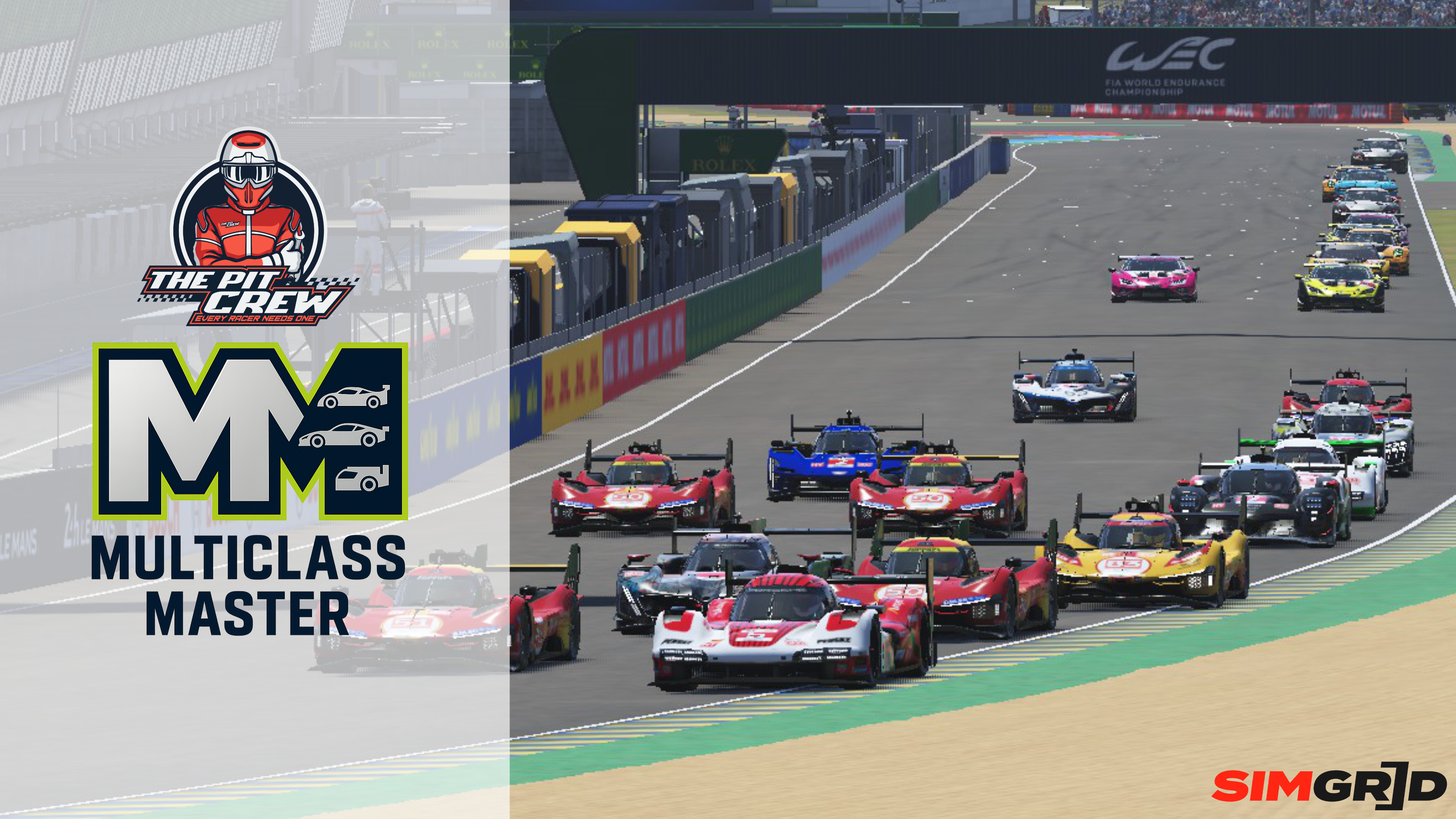

Race online in skill-based events or hosted servers
The official platform of Le Mans Ultimate and rF2







Solo event starting on with 1 Round.




Solo event starting on with 2 Rounds.

Solo event starting on with 1 Round.

